Cancer
What is Cancer?
Cancer is a wide term. It defines the condition that results when cellular changes generate the uncontrolled growth and separation of cells. Some varieties of cancer cause rapid cell growth, while further causing cells to grow and separate at a slower rate. Specific forms of cancer result in observable growths known as tumors, while others, like leukemia, do not.
Most body cells have precise functions and specified lifespans. While it may sound like a bad thing, cell death is a portion of a natural and beneficial phenomenon known as apoptosis.
A cell obtains instructions to die so that the body can substitute it with a newer cell that functions adequately. Cancerous cells lack the parts that instruct them to stop separating and die.
As an outcome, they build up in the body, using oxygen and nutrients that would generally nourish different cells. Cancerous cells can develop tumors, damage the immune system and generate further changes that control the body from functioning regularly.
Cancerous cells may seem in one place, then spread through the lymph nodes. These are bunches of immune cells found throughout the body.
Stages of cancer
Most cancers have four phases. The precise phase is specified by a few various factors, involving the size and area of the tumor:
Stage I: The cancer is localized to a small site and hasn’t extended to lymph nodes or further tissues.
Stage II: Cancer has developed, but it hasn’t extended.
Stage III: Cancer has expanded bigger and has maybe extended to lymph nodes or different tissues.
Stage IV: Cancer has extended to different organs or regions of your body.
This phase is also guided to metastatic or advanced cancer.
Though phases one through four are the most familiar, there’s also Stage 0. This earliest stage defines cancer that’s still localized to the site in which it began. Cancers that are still in Stage 0 are generally efficiently treatable and are considered pre-cancerous by most healthcare providers or doctors.
Types of Cancer
- Carcinoma
- Sarcoma
- Leukemia
- Lymphoma
- Multiple Myeloma
- Melanoma
- Brain and Spinal Cord Tumors
Further Types of Tumors
- Germ Cell Tumors
- Neuroendocrine Tumors
- Carcinoid Tumors
Symptoms
Signs and symptoms generated by cancer will vary depending on what region of the body is involved.
Some general signs and symptoms associated with, but not precise too, cancer, contain:
- Fatigue
- Lump or portion of thickening that can be found under the skin
- Weight changes, involving unintended loss or gain
- Skin changes, like darkening yellowing, or redness of the skin, sores that won’t cure, or differences to existing moles
- Differences in bowel or bladder habits
- Persistent cough or problem with breathing
- Problem in swallowing
- Hoarseness
- Persistent indigestion or discomfort after eating
- Persistent, unexplained muscle or joint pain
- Persistent, unexplained fevers or night sweats
- Unexplained bleeding or bruising
Causes of Cancer
Cancer is generated by changes (mutations) to the DNA within cells. The DNA inside a cell is packaged into a big number of particular genes, each of which includes a set of instructions describing the cell and what works to perform, as well as how to grow and separate. Errors in the instructions can generate the cell to stop its normal function and may permit a cell to evolve cancerous.
What do gene mutations do?
A gene mutation can conduct a healthy cell to:
Permit rapid growth. A gene mutation can describe a cell to grow and separate more rapidly. This makes numerous new cells that all have the same mutation.
Fail to prevent uncontrolled cell development. Normal cells know when to quit producing so that you have only the correct number of each variety of cell. Cancer cells lose the controls (tumor suppressor genes) that inform them when to stop expanding. A mutation in a tumor suppressor gene permits cancer cells to continue developing and collecting.
Make errors when correcting DNA errors. DNA repair genes look for mistakes in a cell’s DNA and make modifications. A mutation in a DNA repair gene may indicate that different mistakes aren’t corrected, leading cells to evolve cancerous.
These mutations are the most familiar ones seen in cancer. But many different gene mutations can contribute to generating cancer.
What causes gene mutations?
Gene mutations can happen for several causes, for example:
Gene mutations you’re birth with. You may be birth with a genetic mutation that you inherited from your parents. This variety of mutations accounts for a little percentage of cancers.
Gene mutations that happen after birth. Most gene mutations happen after you’re birth and aren’t inherited. Several points can generate gene mutations, like radiation, smoking, cancer-causing chemicals (carcinogens), viruses, hormones, obesity, chronic inflammation, and a lack of exercise.
Gene mutations happen often during normal cell growth. Yet, cells include a mechanism that identifies when a mistake happens and corrects the mistake. Sometimes, an error is missed. This could generate a cell to evolve cancerous.
How do gene mutations interact with each other?
The gene mutations you’re birth with and those that you receive throughout your life work together to generate cancer.
For example, if you’ve inherited a genetic mutation that predisposes you to cancer, that doesn’t suggest you’re confident to get cancer. Rather, you may require one or more different gene mutations to generate cancer. Your inherited gene mutation could create you more probable than a further patient to produce cancer when exposed to a specific cancer-causing substance.
It’s not obvious just how many mutations must collect for cancer to develop. This likely varies among cancer varieties.
Risk factors
While doctors have an opinion of what may raise your risk of cancer, the bulk of cancers happens in a patient who doesn’t have any known risk factors. Factors known to raise your risk of cancer contain:
Your age
Cancer can bring decades to grow. That’s why most patients analyzed with cancer are 65 or more aged. While it’s more familiar in older grown-ups, cancer isn’t just a grown-up disease cancer can be analyzed at any age.
Your habits
Specific lifestyle options are known to raise your risk of cancer. Smoking, drinking more than one drink a day for females and up to two drinks a day for males, extreme exposure to the sun or periodic being obese, blistering sunburns, and keeping unsafe sex can contribute to cancer.
You can modify these patterns to lower your risk of cancer though some practices are easier to adjust than others.
Your family history
Only a little part of cancers are due to an inherited disease. If cancer is familiar in your family, mutations are likely being passed from one generation to the following. You might be a candidate for genetic testing to notice whether you have inherited mutations that might raise your risk of specific cancers. Maintain in mind that having an inherited genetic mutation doesn’t necessarily indicate you’ll obtain cancer.
Your health conditions
Some chronic health diseases, like ulcerative colitis, can markedly raise your risk of creating specific cancers. Speak to your doctor or physician regarding your risk.
Your environment
The environment near you may include harmful chemicals that can raise your risk of cancer. If you don’t smoke, you might inhale secondhand smoke if you go where a person is smoking or if you live with a person who smokes. Chemicals in your house or workplace, like asbestos and benzene, also are associated with a raised risk of cancer.
Diagnosis
Cancer screening
Analyzing cancer at its earliest phases usually provides the best opportunity for a cure. With this in mind, speak with your doctor regarding what varieties of cancer screening may be suitable for you.
For a few cancers, analyses show that screening examinations can save lives by analyzing cancer early. For further cancers, screening examinations are suggested only for a patient with risen risk.
A type of medical organizations and patient-advocacy groups have suggestions and guidelines for cancer screening. Examine the different guidelines with your doctor and together you can decide what’s best for you founded on your risk factors for cancer.
Cancer Diagnosis
Healthcare providers start a cancer diagnosis by doing a comprehensive physical test. They’ll ask you to explain your symptoms. They may ask about your family medical record. They may also do the subsequent examinations:
- Blood tests.
- Imaging tests.
- Biopsies.
- Blood tests
Blood tests for cancer may contain:
Complete blood count (CBC): A CBC examination measures and calculates your blood cells.
Tumor markers: Tumor markers are essences that cancer cells discharge or that your normal cells discharge in response to cancer cells.
Blood protein tests: Healthcare providers use a method known as electrophoresis to estimate immunoglobulins. Your immune system responds to specific cancers by releasing immunoglobulins.
Circulating tumor cell tests: Cancerous tumors may free cells. Tracking tumor cells assists healthcare providers to observe cancer action.
Imaging tests
Imaging tests may include:
Computed tomography (CT) scan: CT scans inspect for cancerous tumors area and impact on your organs and bones.
X-rays: X-rays use safe quantities of radiation to make pictures of your bones and soft tissues.
Positron emission test (PET) scan: PET scans create pictures of your organs and tissues at work. Healthcare providers may use this examination to see early signs of cancer.
Ultrasound: An ultrasound uses high-intensity sound waves that display designs inside of your body.
Magnetic resonance imaging (MRI): MRIs use a big magnet, radio waves, and a computer to produce pictures of your organs and further structures inside of your body.
Iodine meta-iodobenzylguanidine (MIGB): This nuclear imaging examination assists to see cancer, involving carcinoid tumors and neuroblastoma.
Biopsies
A biopsy is a method healthcare providers do to receive tissue, cells, fluid, or growths that they’ll study under a microscope. There are several types of biopsies:
Needle biopsy: This examination may be known as a fine syringe aspiration or fine syringe biopsy. Healthcare providers use a delicate hollow syringe and needle to remove fluid, cells, or tissue from suspicious lumps. Syringe biopsies are frequently done to assist diagnose thyroid cancer, breast cancer, or cancer in your lymph nodes.
Skin biopsy: Healthcare providers extract a little piece of your skin to analyze skin cancer.
Bone marrow biopsy: Healthcare providers extract a little piece of bone marrow so they can inspect the specimen for signs of the condition, involving cancer in your bone marrow.
Endoscopic or laparoscopic biopsy: These biopsies utilize an endoscope or laparoscope to notice the inside of your body. With both of these techniques, a little cut is created in your skin and a tool is inserted. An endoscope is a light, flexible pipe with a camera on the tip, along with a cutting instrument to extract your sample. A laparoscope is a just various scope.
Excisional or incisional biopsy: For these open biopsies, a surgeon or doctor cuts into your body and either the whole tumor is extracted (excisional biopsy) or a portion of the tumor is extracted (incisional biopsy) to inspect or treat it.
Perioperative biopsy: This examination may be known as a frozen section biopsy. This biopsy is accomplished while you’re having another method. Your tissue will be extracted and inspected right away. Outcomes will arrive soon after the method, so if you require treatment, it can begin instantly.
Genetic testing
Cancer may occur when a single gene mutates or several genes that function together mutate. Investigators have recognized more than 400 genes associated with cancer growth. A patient who inherits these genes from their biological parents may have a raised risk of growing cancer. Healthcare providers may suggest genetic testing for cancer if you have an inherited form of cancer. They may also do a genetic examination to do therapy that targets precise cancer genes. They use examination outcomes to develop a diagnosis. They’ll allocate a number or phrase to your diagnosis. The more elevated the number, the more cancer has extended.
Treatment of Cancer
Many cancer therapies are available. Your treatment choices will rely on several factors, like the variety and phase of your cancer, your general health, and your choices. Together you and your doctor can consider the advantages and risks of cancer treatment to decide which is best for you.
Goals of cancer treatment
Cancer treatments have various objectives, like:
Cure. The purpose of treatment is to conduct treatment for your cancer, permitting you to live a normal life span. This may or may not be achievable, relying on your precise situation.
Primary treatment. The purpose of primary therapy is to fully remove cancer from your body or destroy the cancer cells.
Any cancer therapy can be used as a primary treatment, but the most familiar primary cancer treatment for the most familiar cancers is surgery. If your cancer is specifically susceptible to radiation therapy or chemotherapy, you may obtain one of those treatments as your primary therapy.
Adjuvant treatment. The purpose of adjuvant therapy is to destroy any cancer cells that may stay after primary treatment to decrease the probability that cancer will recur.
Any cancer therapy can be utilized as adjuvant therapy. Familiar adjuvant therapies contain radiation therapy, chemotherapy, and hormone therapy.
Palliative treatment. Palliative treatments may assist to reduce side outcomes of treatment or signs and symptoms generated by cancer itself. Surgery, chemotherapy, radiation, and hormone therapy can all be used to ease symptoms and prevent the spread of cancer when a cure isn’t achievable. Drugs may ease symptoms like pain and shortness of breath.
Palliative therapy can be used at the exact time as further therapies intended to heal your cancer.
Cancer treatments
Doctors have many instruments when it arrives to manage cancer. Cancer treatment choices contain:
Surgery. The purpose of surgery is to extract cancer or as much of cancer as probable.
Chemotherapy. Chemotherapy involves drugs to destroy cancer cells.
Radiation therapy. Radiation therapy uses high-powered energy beams, like X-rays and protons, to destroy cancer cells. Radiation therapy can arrive from a device outside your body known as external beam radiation, or it can be put inside your body known as brachytherapy.
Bone marrow transplant. A bone marrow transplant is called a stem cell transplant. Your bone marrow is the material inside your bones that generates blood cells. A bone marrow transplant can utilize your cells or cells from a contributor.
A bone marrow transplant permits your doctor’s provider to use higher doses of chemotherapy to manage your cancer. It may also be used to substitute diseased bone marrow.
Immunotherapy. Immunotherapy, also called biological therapy, utilizes your body’s immune system to battle cancer. Cancer can persist unchecked in your body because your immune system doesn’t remember it as an intruder. Immunotherapy can assist your immune system notice cancer and attack it.
Hormone therapy. Some varieties of cancer are fueled by your body’s hormones. Instances contain breast cancer and prostate cancer. Extracting those hormones from the body or blocking their outcomes may generate cancer cells to stop producing.
Targeted drug therapy. Targeted medicine treatment concentrates on typical abnormalities within cancer cells that permit them to survive.
Clinical trials. Clinical trials are analyses to examine new methods of treating cancer. Thousands of cancer clinical tests are underway.
Further therapies may be available to you, relying on your variety of cancer.
Physiotherapy treatment in Cancer
The function of Physiotherapists in Cancer Rehabilitation
Physiotherapist delivers maximum asset to patients who require functional freedom. They match the person’s activity as per the demand, and safety and develop the same to help the person effectively. The skills of the therapist assist people to achieve functional mobility.
Physical exercise has demonstrated tremendous progress in cancer survivors. More increased physical activity suggests a lower mortality rate in cancer persons. Normally, these persons indicate low levels of physical exercise due to extended bedridden conditions.
Early physical exercise leads to the early motion of the person. It also assists in raising the participation of the person in daily normal activities with reduced dependency on the caretakers. It also assists to decrease functional problems related to work.
Benefits of Physiotherapy to Cancer Patients:
Improved exercise activity also assists to raise the aerobic activity in the body which conducts raised blood cells, and raised the muscular endurance of the overall body. Stretching of the muscles on a normal basis also assists to decrease contracture of the joints, splinting can be done if needed.
The primary purpose of the therapist is to acquire muscular strength, flexibility, and endurance.
The first purpose is to decrease the pain by pain-easing modalities and also to keep the joint range of movement by providing an active and passive range of movement if needed. Ice can be used to reduce inflammation or cryotherapy can be used.
Complications of Cancer
Cancer and its therapy can generate several difficulties, involving:
Pain. Pain can be generated by cancer or by cancer therapy, though not all cancer is aching. Drugs and further methods can manage cancer-related pain.
Fatigue. Fatigue in a patient with cancer has many reasons, but it can frequently be managed. Fatigue associated with chemotherapy or radiation therapy treatments is familiar, but it’s generally temporary.
Difficulty breathing. Cancer or cancer therapy may generate a sensation of being short of breath. Therapies may obtain relief.
Nausea. Specific cancers and cancer therapies can generate nausea. Your doctor or provider can occasionally predict if your treatment is probable to cause nausea. Drugs and further therapies may assist you to control or reduce nausea.
Diarrhea or constipation. Cancer and cancer therapy can involve your bowels and generate diarrhea or constipation.
Weight loss. Cancer and cancer therapy may generate weight loss. Cancer steals food from normal cells and denies them nutrients. This is frequently not involved by how many calories or what variety of food is consumed, it’s hard to manage. In most circumstances, using artificial nutrition via pipes into the stomach or vein does not assist to alter weight loss.
Chemical modifications in your body. Cancer can disturb the normal chemical balance in your body and raise your risk of severe difficulties. Signs and symptoms of chemical imbalances might contain extreme thirst, constipation, regular urination, and confusion.
Brain and nervous system issues. Cancer can push on nearby nerves and generate pain and loss of function in one portion of your body. Cancer that includes the brain can generate headaches and stroke-like signs and symptoms, like weakness on one side of your body.
Unusual immune system responses to cancer. In some patients, the body’s immune system may respond to the presence of cancer by attacking fit cells. Called paraneoplastic syndromes, these very occasional responses can lead to a mixture of signs and symptoms, like a problem in walking and seizures.
Cancer that spreads. As cancer advances, it may extend (metastasize) to further regions of the body. Where cancer extends relies on the variety of cancer.
Cancer that returns. Cancer survivors have a chance of cancer repetition. Some cancers are more probable to recur than further. Ask your doctor about what you can do to decrease your risk of cancer reproduction. Your doctor may create a follow-up care schedule for you after treatment. This schedule may contain periodic scans and examinations in the months and years after your therapy, to examine for cancer reproduction.
How to Prevent Cancer?
Doctors have determined several ways to decrease your risk of cancer, like:
Stop smoking. If you smoke, stop. If you don’t smoke, don’t begin. Smoking is connected to several varieties of cancer not only lung cancer. Stopping now will decrease your risk of cancer in the future.
Avoid extreme sun exposure. Dangerous ultraviolet (UV) beams from the sun can raise your risk of skin cancer. Restrict your sun exposure by remaining in the shade, wearing defensive clothing, or using sunscreen.
Eat a healthy diet. Select a diet wealthy in fruits and vegetables. Choice whole grains and lean proteins. Restrict your input of processed meats.
Activity most days of the week. Routine exercise is connected to a more down risk of cancer. The purpose for at least 30 minutes of activity most days of the week. If you haven’t been exercising daily, begin out slowly and perform your way up to 30 minutes or more extended.
Keep a healthy weight. Being overweight or obese may raise your risk of cancer. Work to reach and keep a healthy weight via a mix of a healthy diet and routine activity.
Drink alcohol in moderation, if you select to drink. If you select to drink alcohol, accomplish so in moderation. For healthy grown-ups, that suggests up to one drink a day for females and up to two drinks a day for males.
Program cancer screening examinations. Speak to your doctor regarding what varieties of cancer screening examinations are most suitable for you based on your risk factors.
Ask your doctor regarding immunizations. Specific viruses raise your risk of cancer. Immunizations may assist to control those viruses, involving hepatitis B, which raises the risk of liver cancer, and human papillomavirus (HPV), which raises the risk of cervical cancer and further cancers. Ask your doctor whether immunization against these viruses is suitable for you.
FAQ
What is cancer?
Cancer is a condition generated when cells separate uncontrollably and spread into surrounding tissues. Cancer is generated by modifications to DNA. Most cancer-causing DNA differences happen in sections of DNA known as genes. These differences are also known as genetic changes.
What foods fight cancer?
Cancer-fighting foods
The list is generally completed with broccoli, berries, walnuts, tomatoes, grapes, and different fruits, vegetables, and nuts. If you look at the specific foods that decrease cancer risk, it’s pretty much all plant foods that include phytochemicals.
What are the 3 deadliest cancers?
Lung and bronchus cancer is liable for the most deaths with 130,180 people predicted to die from this condition. That is about three times the 52,580 deaths due to colorectal cancer, which is the second most familiar reason for cancer death. Pancreatic cancer is the third killer cancer, generating 49,830 deaths.
Can stress cause cancer?
No, being worried doesn’t directly raise the risk of cancer. The best quality analyses have followed up with many patients for a few years. They have seen no proof that those who are more stressed are more probable to obtain cancer.
Can cancer be cured?
Whether a patient’s cancer can be fixed depends on the variety and phase of cancer, the variety of treatments they can get, and further factors. Some cancers are more probable to be fixed than others. But cancer requires it to be managed differently. There isn’t one treatment for cancer.

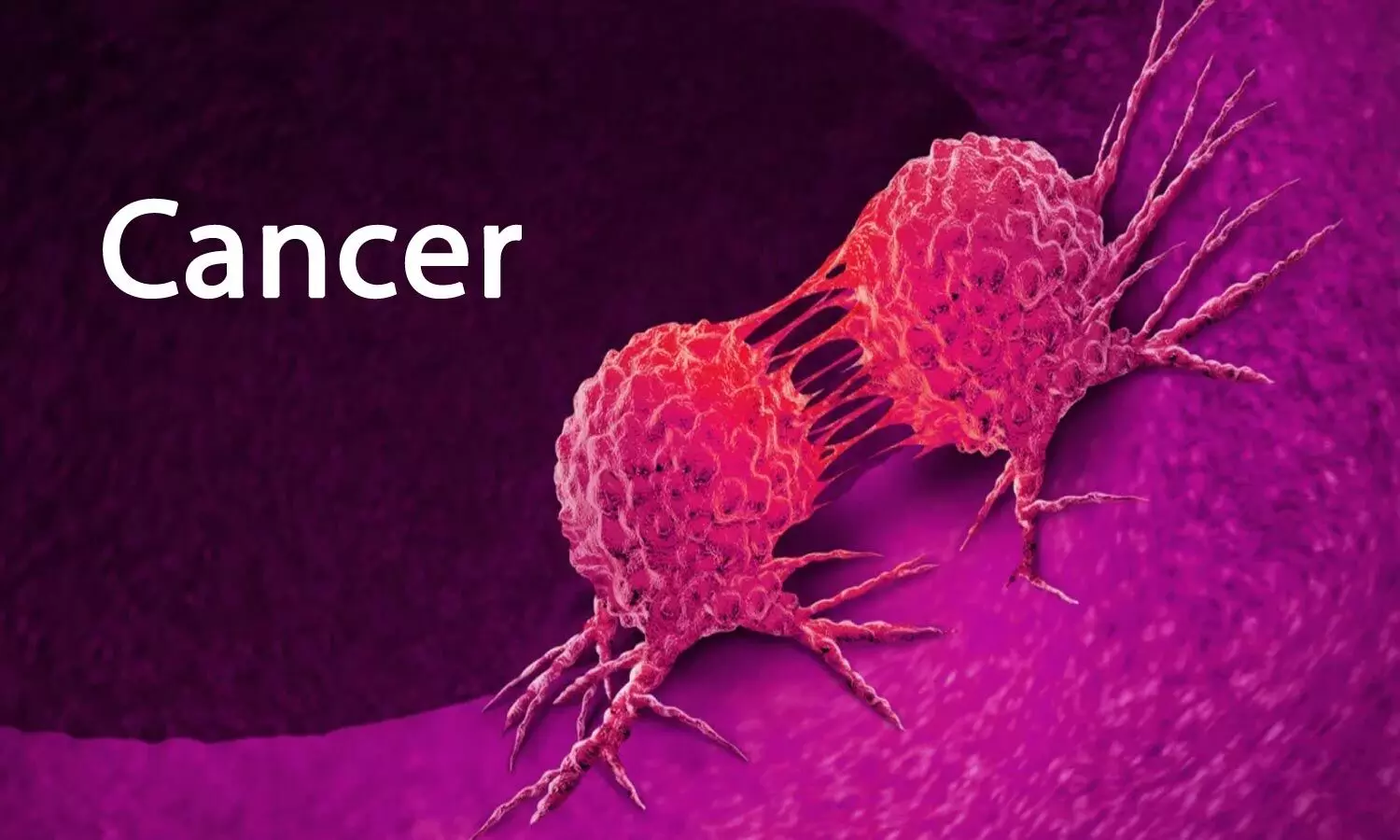
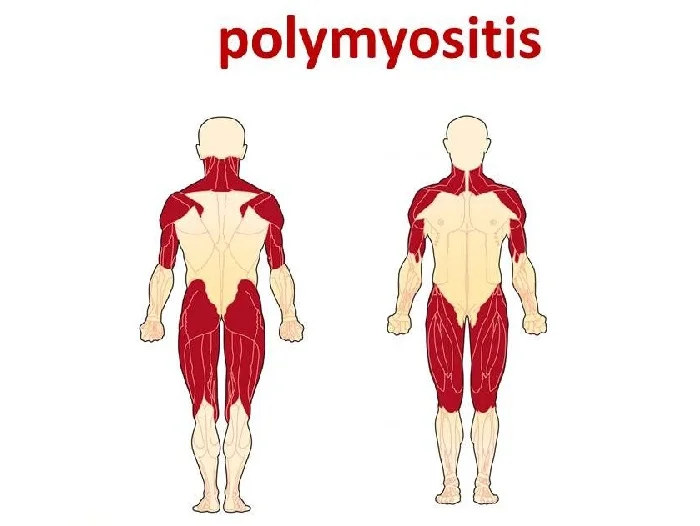

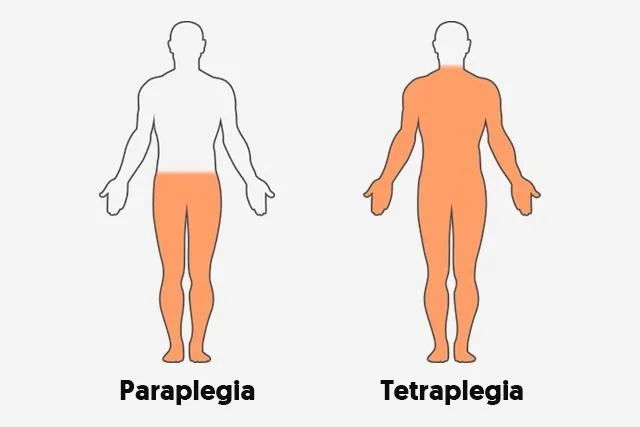

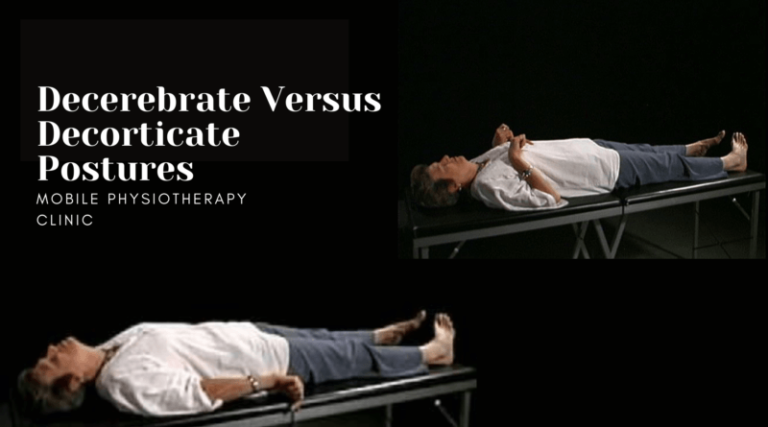
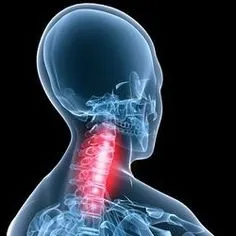
75 Comments